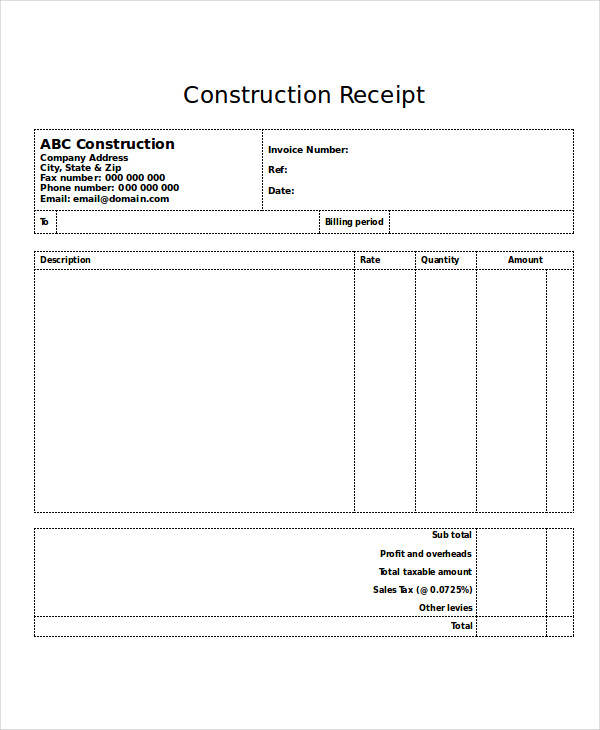
As a business owner in the construction industry, it is crucial to have a clear understanding of various financial aspects to ensure the smooth operation of your business. One such aspect is the construction receipt, which plays a vital role in documenting transactions and maintaining accurate financial records.
In this comprehensive guide, we will explore everything you need to know about construction receipts, including their importance, what they should include, and how to create them effectively.
What is a Construction Receipt?
A construction receipt is a document that serves as proof of payment for construction-related services or goods. It is issued by the contractor or supplier to the customer or client upon receiving payment. This receipt includes detailed information about the transaction, such as the date, amount, description of services or goods, and the names and contact information of both parties involved.
Construction receipts are essential for both the business owner and the customer. For business owners, they provide a record of financial transactions, which is crucial for accurate bookkeeping, tax purposes, and future reference. On the other hand, customers rely on receipts to keep track of their expenses and as evidence of payment in case of disputes or warranty claims.
Why are Construction Receipts Important?
Construction receipts hold significant importance for business owners in the construction industry. Here are some key reasons why they are crucial:
- Financial Records: Receipts serve as important financial records that help business owners track income and expenses, calculate profits, and prepare accurate financial statements.
- Tax Compliance: Receipts play a vital role in ensuring tax compliance by providing evidence of income and expenses during audits or when filing tax returns.
- Dispute Resolution: In case of any disputes or disagreements with customers regarding payments or services, receipts can serve as evidence of the agreed-upon terms and facilitate resolution.
- Warranty Claims: If a customer needs to claim a warranty for any construction work or materials, a receipt acts as proof of purchase and payment, making the process smoother.
- Professionalism: Providing a detailed and professional construction receipt enhances your business’s credibility and builds trust with your customers.
What Should a Construction Receipt Include?
A well-crafted construction receipt should include the following information:
- Date: The date on which the payment was received.
- Business Information: The name, address, and contact information of your construction business.
- Customer Information: The name, address, and contact information of the customer or client.
- Description of Services or Goods: A detailed description of the services rendered or goods provided, including quantity, unit price, and any applicable taxes or discounts.
- Total Amount: The total amount paid by the customer, including any taxes or discounts.
- Payment Method: The method used by the customer to make the payment, such as cash, check, credit card, or online transfer.
- Terms and Conditions: Any terms and conditions related to the transaction, such as refund policies or warranty information.
- Signature: A space for both the customer and business owner to sign, acknowledging the receipt of payment.
By including all the necessary details, you can ensure that your construction receipt is comprehensive and meets the requirements for proper documentation.
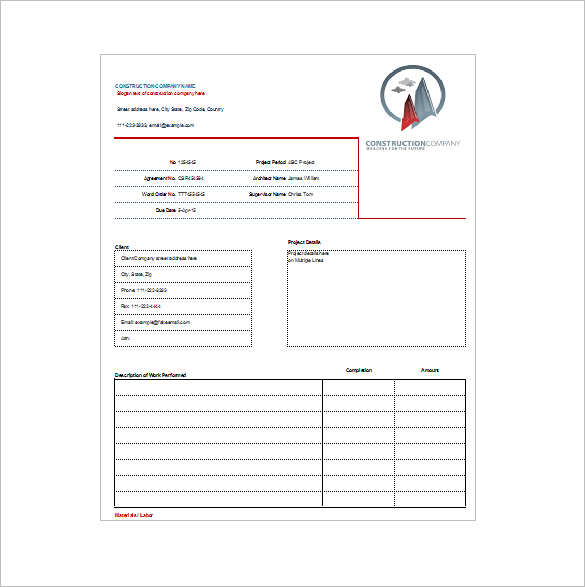
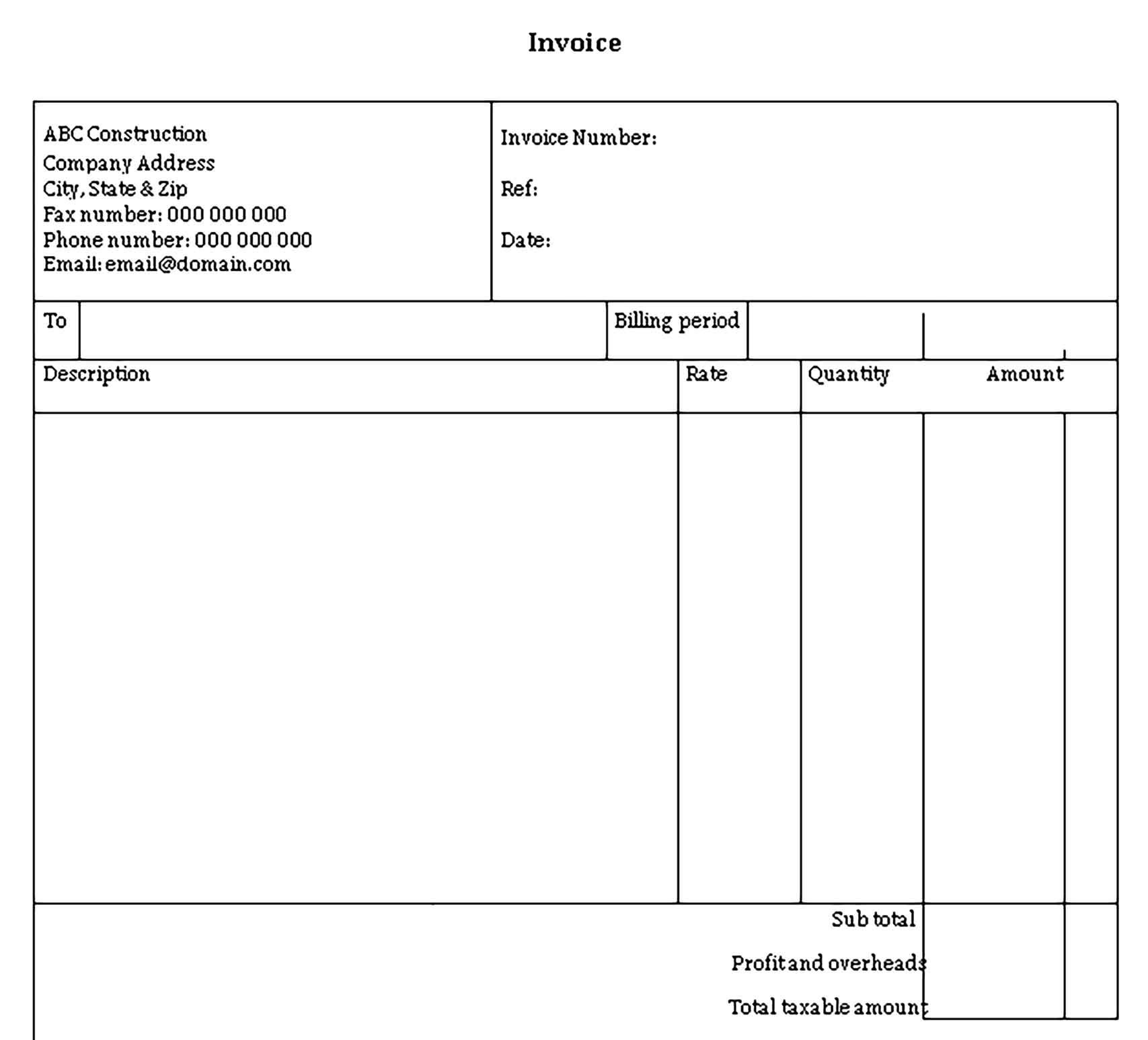
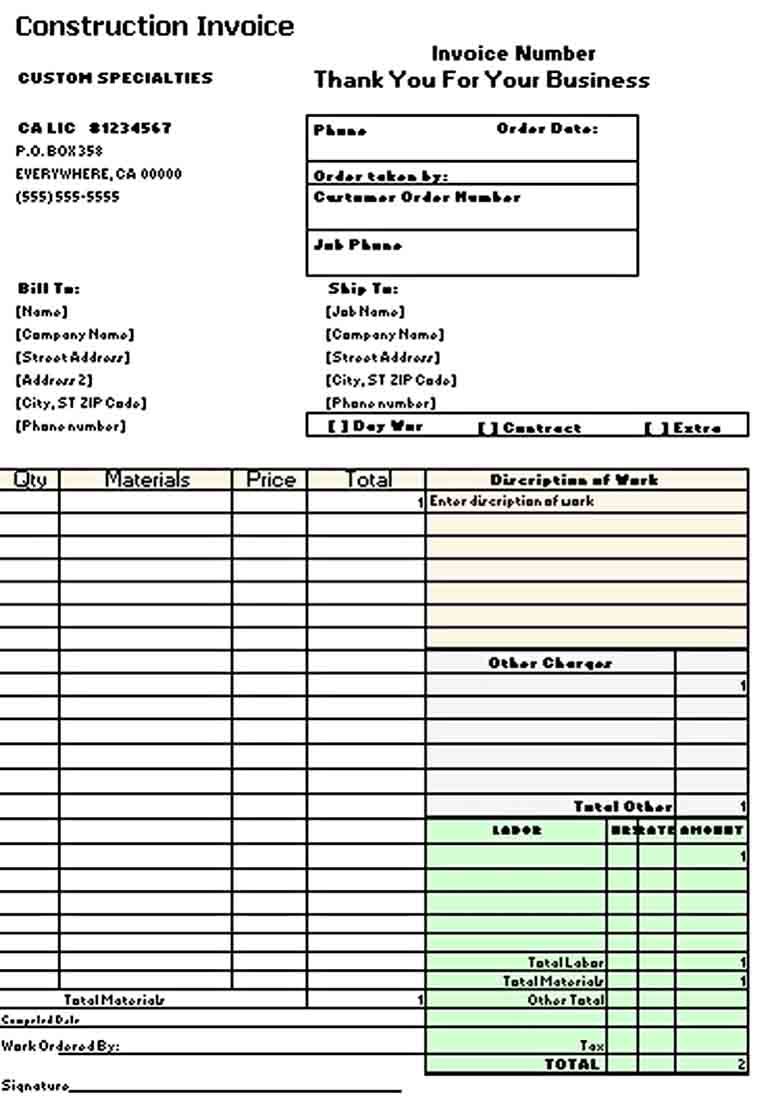
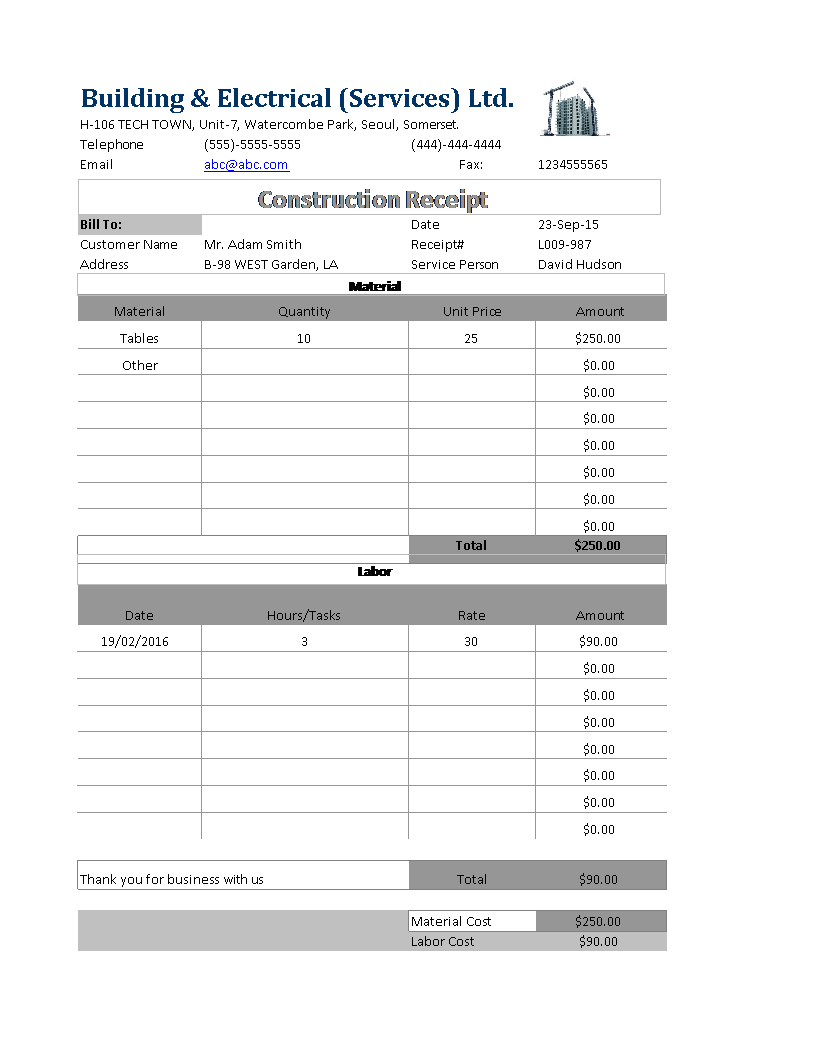
How to Create an Effective Construction Receipt
Creating an effective construction receipt requires careful attention to detail and adherence to best practices. Here are some steps to follow:
1. Use a Professional Template:
Start by using a professional receipt template specifically designed for construction businesses. This will ensure that your receipt looks polished and includes all the necessary fields.
2. Customize the Template:
Customize the template to include your construction business’s name, logo, and contact information. This personalization adds a professional touch and helps customers identify your business easily.
3. Include all Required Information:
Make sure to include all the essential information we discussed earlier, such as the date, business information, customer information, description of services or goods, total amount, payment method, terms and conditions, and signature fields.
4. Keep a Copy for Your Records:
After issuing the receipt to the customer, make sure to keep a copy for your own records. This will help you maintain accurate financial records and easily access them when needed.
5. Provide a Digital Copy:
In today’s digital age, it is beneficial to provide customers with a digital copy of the receipt as well. This can be in the form of a PDF file or an email attachment. This ensures that customers can easily access and store their receipts digitally, reducing the risk of losing or misplacing them.
6. Follow Legal Requirements:
Be aware of any legal requirements or regulations related to receipts in your jurisdiction. Different countries or states may have specific rules regarding the information that must be included on a receipt. Ensure that your receipts comply with these regulations to avoid any legal issues in the future.
Sample Construction Receipt
Here is an example of a construction receipt that incorporates all the necessary information:
Date: [Insert Date]
Business Information: [Insert Your Construction Business Name, Address, and Contact Information]
Customer Information: [Insert Customer Name, Address, and Contact Information]
Description of Services or Goods: [Insert Detailed Description of Services or Goods, Including Quantity, Unit Price, and Any Applicable Taxes or Discounts]
Total Amount: [Insert Total Amount Paid by Customer, Including Any Taxes or Discounts]
Payment Method: [Insert Payment Method Used by Customer]
Terms and Conditions: [Insert Any Relevant Terms and Conditions]
Signature: [Leave Space for Customer and Business Owner Signatures]
Remember to use this sample as a reference and customize it according to your specific business requirements.
Conclusion
A construction receipt is a vital document for any business owner in the construction industry. It serves as proof of payment, helps maintain accurate financial records, and facilitates smooth business operations. By understanding the importance of construction receipts and following best practices in creating them, you can ensure professionalism, build trust with your customers, and stay organized financially. Use the information and tips provided in this guide to create effective construction receipts that meet your business’s needs.
Construction Receipt Template Word – Download